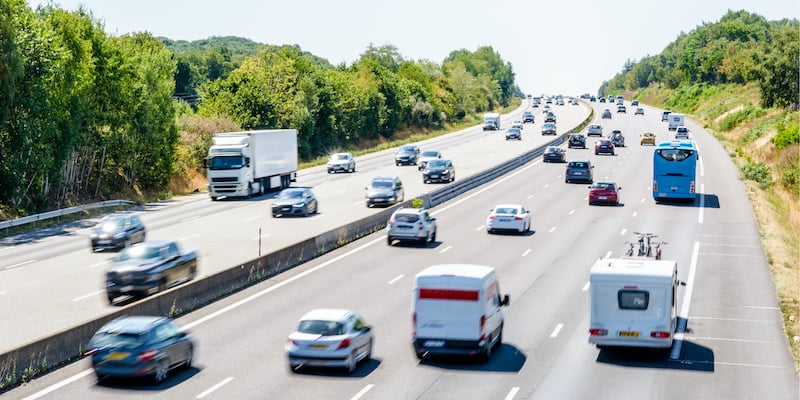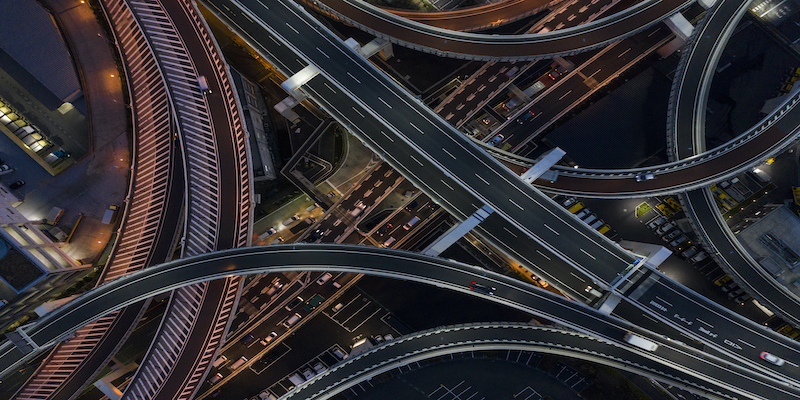 Economies around the world have been redefined by COVID-19. As they slowly reopen to regain some traction, governments are cautious. The strategies they formulate must be sensitive to the continued uncertainty of the pandemic and public health, yet also be solid plans for reintegrating communities and commerce.
Economies around the world have been redefined by COVID-19. As they slowly reopen to regain some traction, governments are cautious. The strategies they formulate must be sensitive to the continued uncertainty of the pandemic and public health, yet also be solid plans for reintegrating communities and commerce.
Traffic Patterns and Public Policy
Measured steps are taken based on measurable data. Traffic data is proving beneficial to all levels of civic officials because it reveals patterns. In relation to COVID-19, these patterns provide insights into how societies react to policies that enforce or ease lockdown measures.
In a simplified example, a rapid influx of people into public spaces and workplaces could cause a resurgence of the virus whereas gradual reintroduction could contain the spread. There is no uniform global response, but traffic data analysis helps decision makers keep abreast of what’s happening where — information that generally guides public policy.
Traffic Data and Reopening Strategies
As COVID-19 initially took hold, traffic data recorded substantial decreases. In Milan, Italy, for example, traffic flows dipped by 85% compared to normal levels1, and traffic in other areas of Italy slowed by anywhere from 63% to 80%.1
What this illustrates is just how valuable traffic data is in the face of the crisis. Its ability to capture real-time data translates to real-time impact in specific areas of the planet — be it city, state, region, or country. However, timeliness is only one aspect of traffic data that makes it a powerful monitoring tool.
Traffic data is as granular or global as needed. Local government representatives may want to drill down into specific mobility patterns to determine how workforces within their cities are — or aren’t — responding to COVID-19 policy. On the other hand, a global snapshot may be in order for public officials to understand travel behaviors across state and country borders, or compare the impact of certain pandemic-related mandates throughout regions of the world.
Further, traffic data compilation is anonymous. Respecting privacy surrounding personal information as it relates to any health status is a matter of law. Sensitivities are heightened in the new normal of COVID-19. Typically, traffic data is aggregated for maximum protection. This means there is no way to identify individuals whose devices are delivering information that is ultimately gathered and used in traffic pattern studies and larger policy-making initiatives.
Used on its own or in conjunction with other sources such as surveys, traffic data is helping the world re-open to the healthy possibilities of tomorrow. Learn more about the innovative role of location intelligence across industries and the globe in HERE Map Data: A Comprehensive Overview.
SOURCE
TomTom, Can emerging traffic patterns reveal coronavirus implications?, April 24, 2020 (No longer live as of Dec 2023)
*Similar source from same team - How COVID-19 Changed Mobility
Subscribe to ADCi's Blog
Related Posts

TomTom Navigates Changes to Traffic Data in the Age of COVID-19

How Real-Time Traffic Data Sources Influence Strategies and Outcomes

